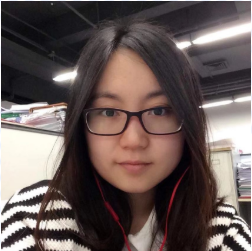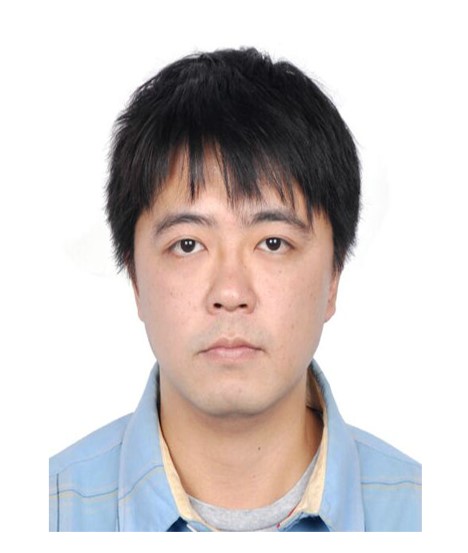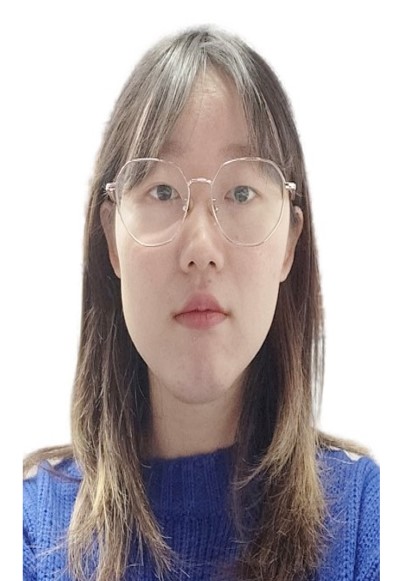News !
-
Jul. 15, 2021: Our paper has been published, The 3rd Grand Challenge of Lightweight 106-Point Facial Landmark Localization on Masked Faces. If you find this dataset helpful, please cite our paper.
-
Apr. 30, 2021: The leaderboard for the final evaluation has been released. Congratulations to the winners.
-
Apr. 2, 2021: The grand challenge track is open. Click here to submit your paper.
-
Apr. 1, 2021: The test phase begins. Please submit the model and paper following the submission guideline.
-
Mar. 4, 2021: The 3rd Grand Challenge of 106-Point Facial Landmark Localization is opening now. Welcome to participate!
Overview
Due to the global pandemic of COVID-19, people are recommended to wear facial masks for health and safety reasons, and the situation will continue in the long term. This apparently makes conventional facial landmark localization unfaithful and inefficient. However, facial landmark localization is a very crucial step of facial recognition technology, which is very helpful in tracking the close contacts of COVID-19 patients to prevent the spread of the virus. Besides, it is also wildly used in head pose estimation, face image synthesis, etc. Therefore, we are hosting the 3rd grand challenge of 106-point facial landmark localization in conjunction with ICME 2021, aiming to improve the accuracy and efficiency of facial landmark localization in real-world situations, especially on masked faces.
The 1st and 2nd 106-point facial landmark localization competitions were held in conjunctive with ICME2019 and ICPR2020, respectively. There are more than 400 teams taking part in the competitions, e.g., Tinghua University, National University of Singapore, University of Michigan. Different from the prior two challenges, the 2021 edition contains about 27,000 images of two kinds, real-masked and virtual-masked, which are largely varied in identity, pose, expression, and occlusion. In addition, a strict limitation of model weights is required for computational efficiency (the upper bound of computational complexity is 100MFLOPs, and the upper bound of model size is 2MB). We sincerely invite academic and industrial practitioners to participate in and together push the frontier along this direction.
Important Dates
| Description | Date |
|---|---|
| Challenge Begin | March 4, 2021 |
| Validation phase | March 7 - March 31, 2021 |
| Test phase | April 1 - April 30, 2021 |
| Model & Paper submission deadline | April 7, 2021 [11:59 pm PST] |
| Final evaluation results & Paper acceptance announcement | April 30, 2021 |
| Camera-ready paper submission deadline | |
During the validation phase, participants could send their results on the validation set to
fllc3_icme@163.com,
and we will return the performance to the participants by updating the leaderboard. Each team could only submit once a day.
During the test phase, participants need to submit their model and paper within a week, from April 1 - April 7.
It will be used for the final evaluation.
Specifically, all the training materials including codes, models, and technical reports need to be sent to us before April 7, 2021.
To prevent cheating on the test set, the test images will not be released to participants.
Notice:
To improve the accuracy on masked-face scenarios, the model ensemble strategy is allowed.
However, you should know that the limitations of model size and complexity are based on all the models you submit.
Besides, if your model executes multiple times, the model size and complexity will be multiplied.
awards
organizers




of Science

of Science
Please feel free to contact us if you have any questions! fllc3_icme@163.com